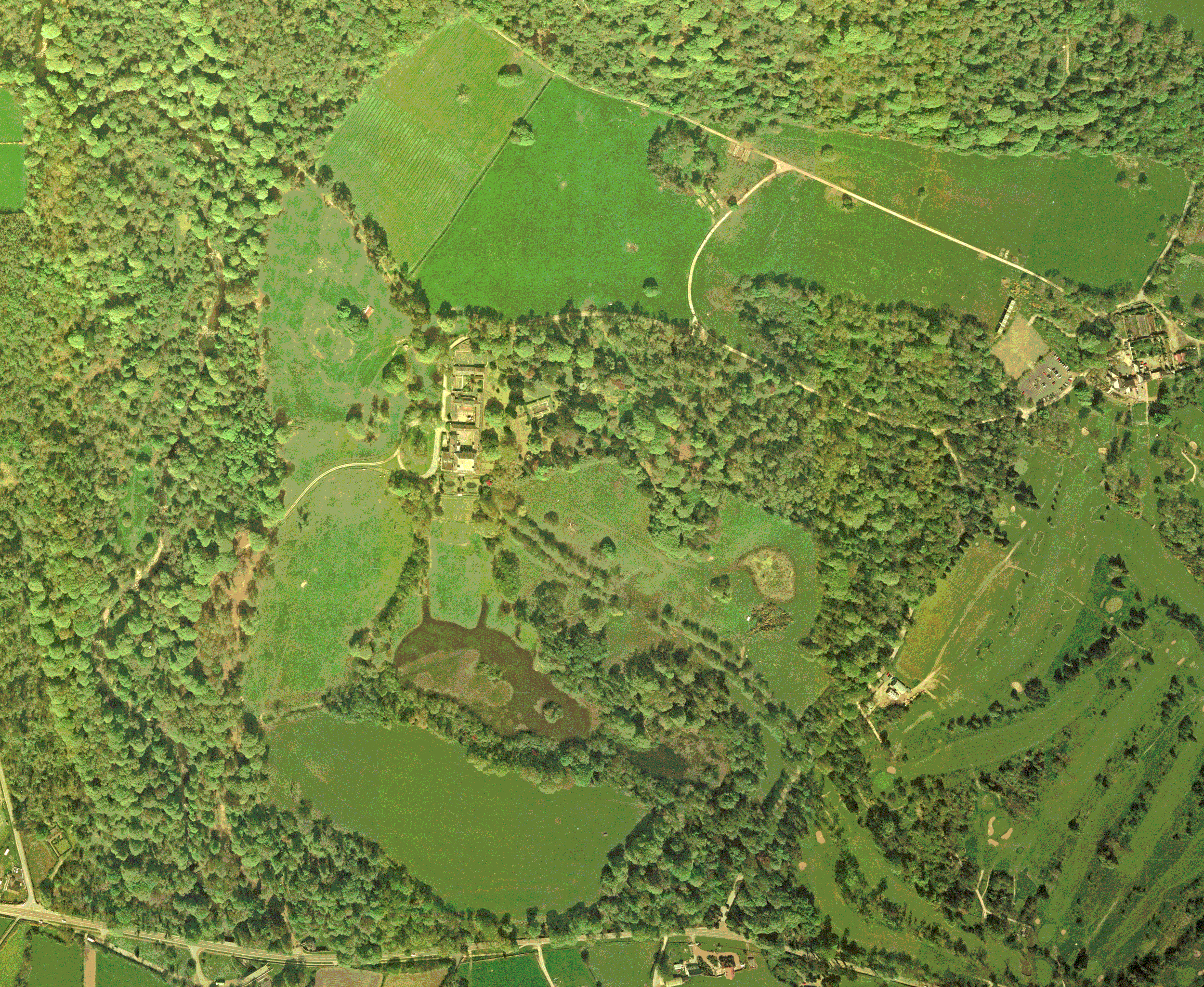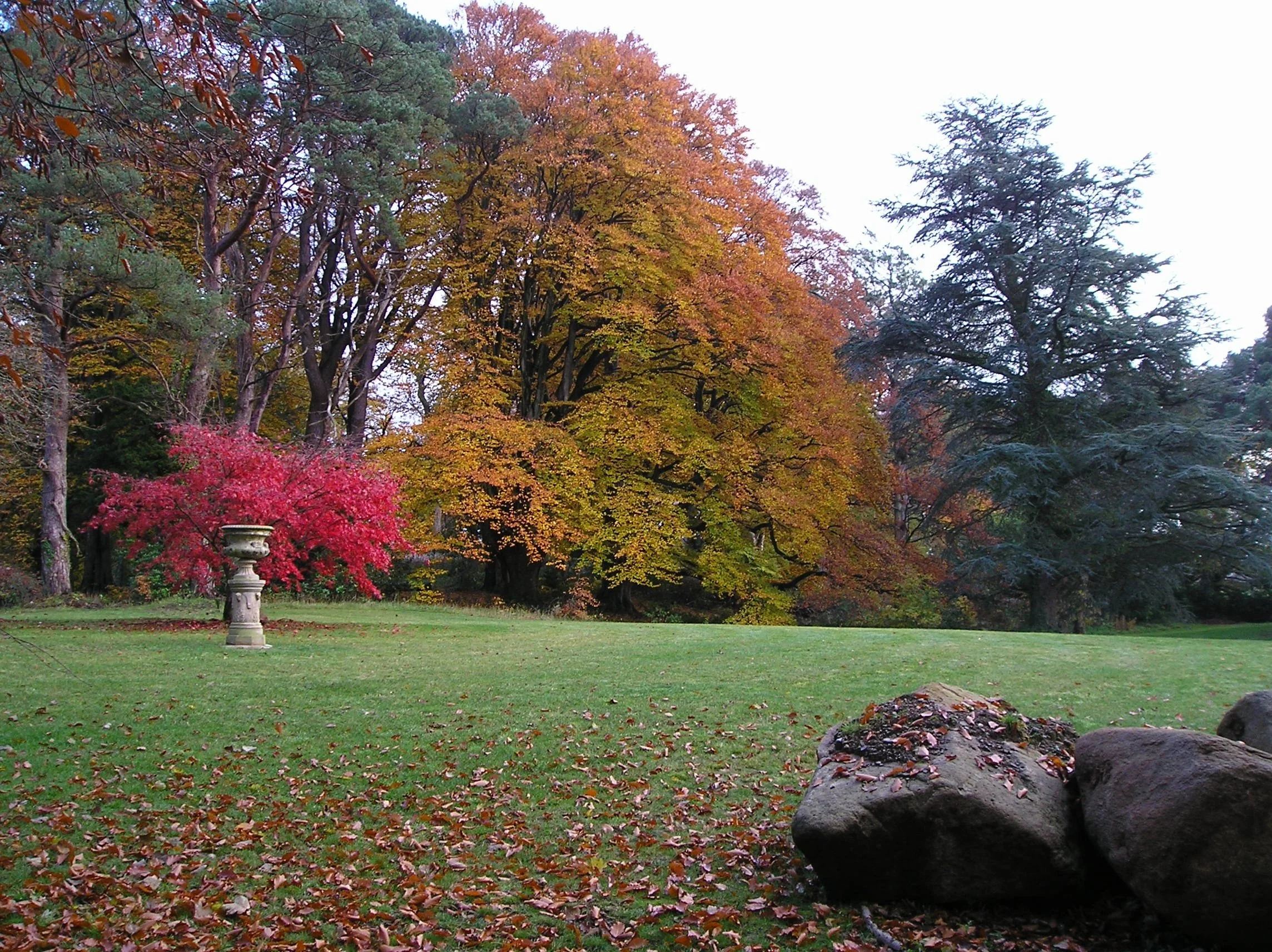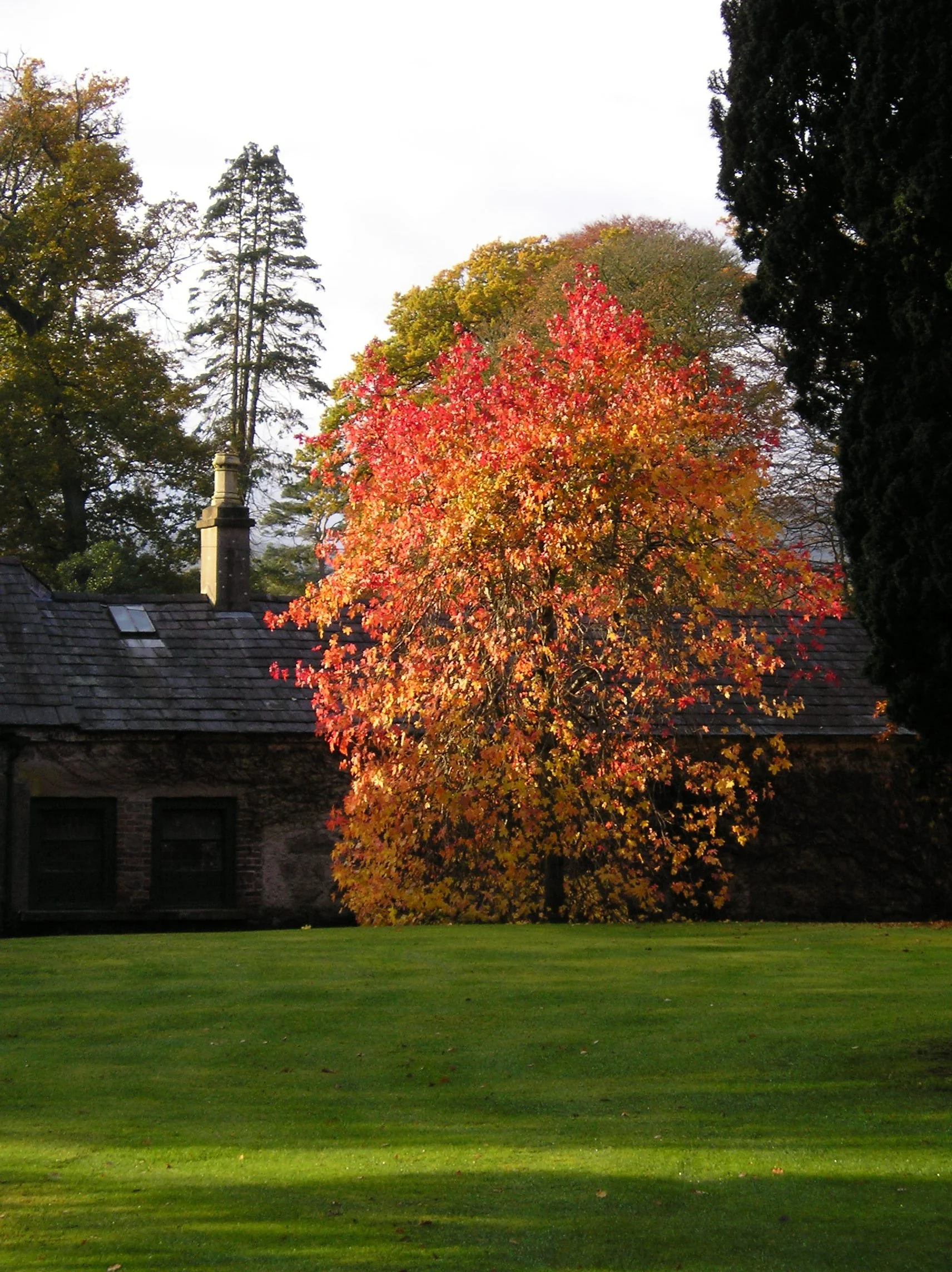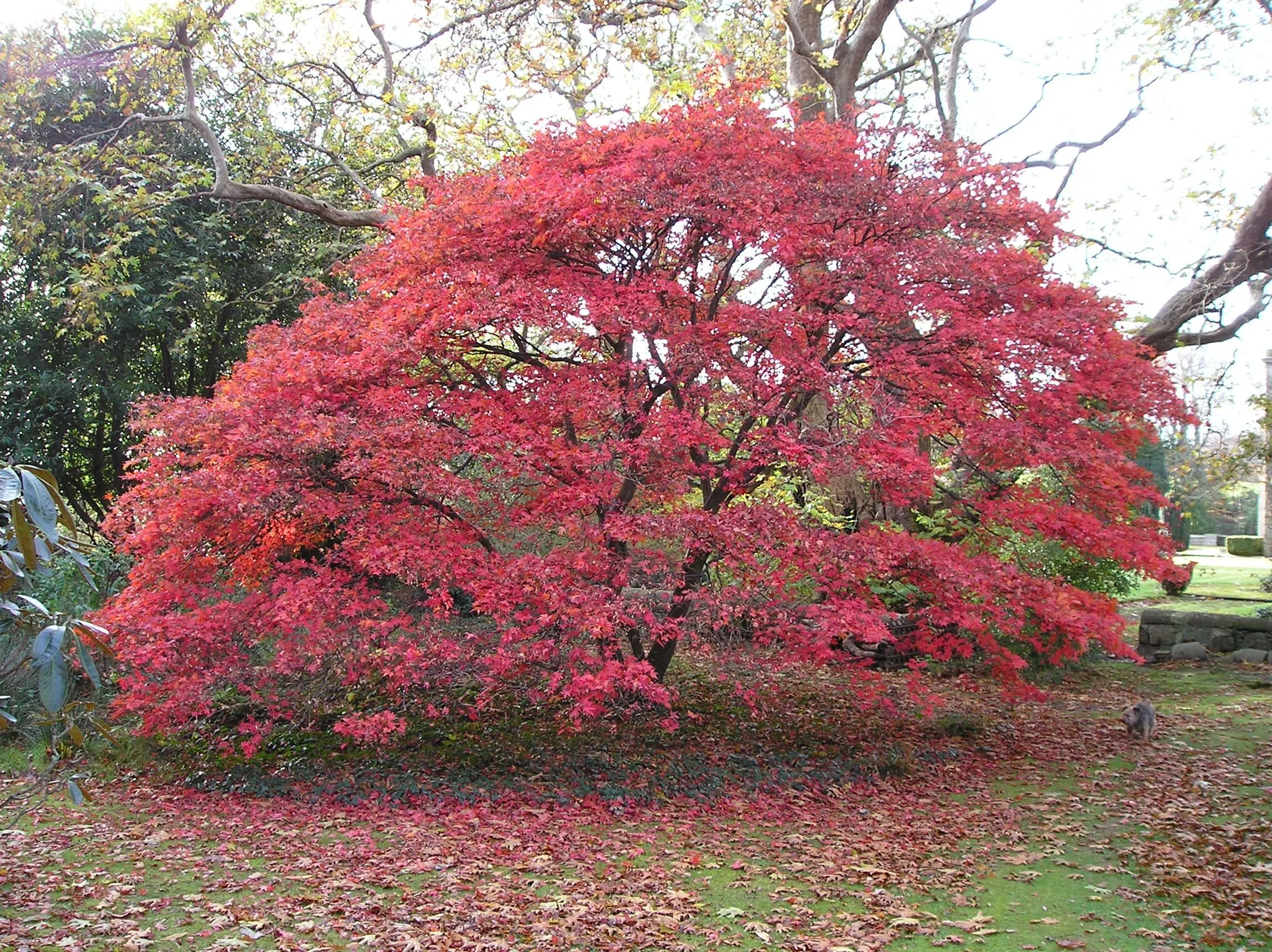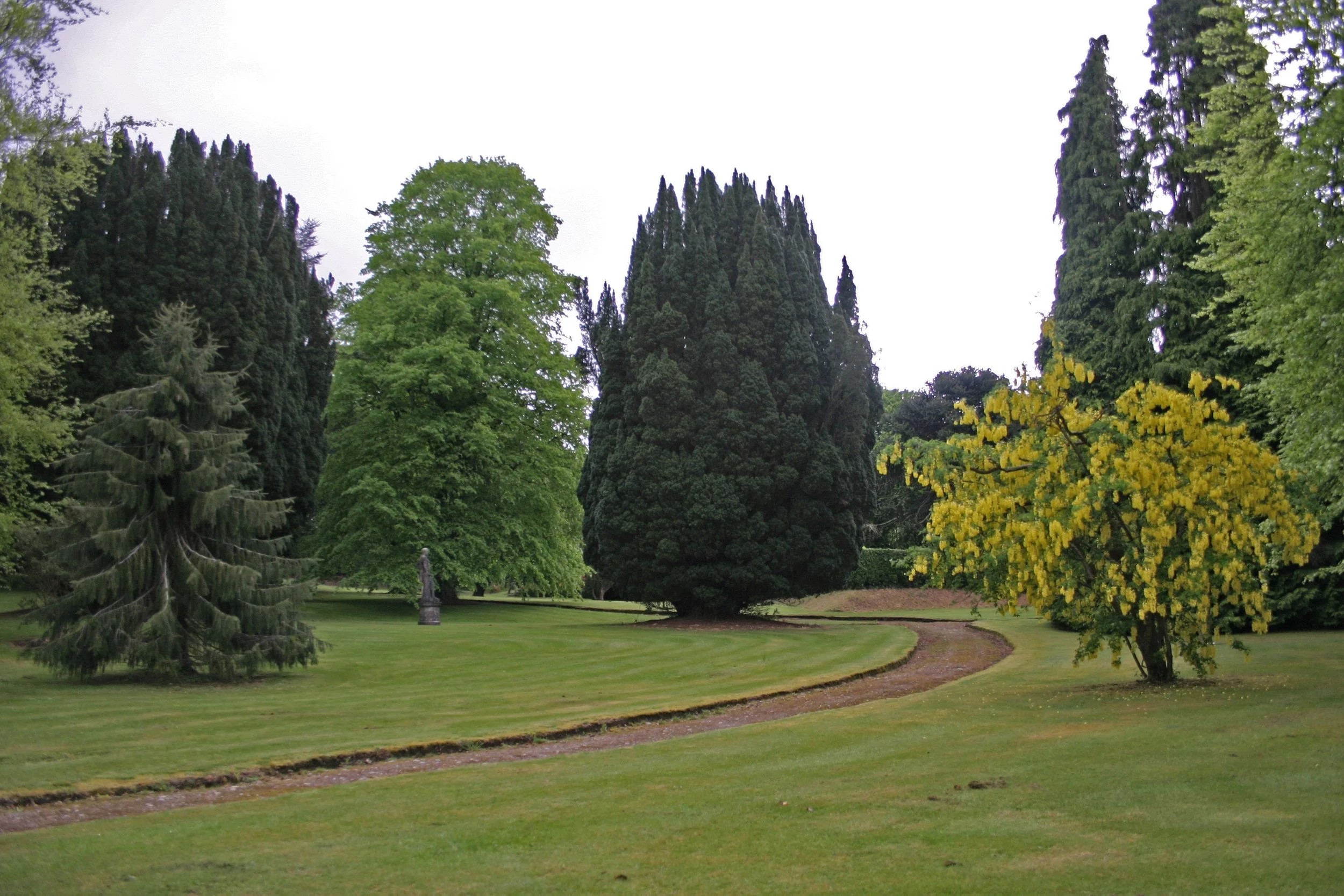
the HISTORY, the house & the DEmesne
The history
The Current ownership of Mourne Park dates back to the founder of the Kilmorey Family's Irish Estates, Sir Nicholas Bagnall, who was granted extensive lands in Newry and Mourne in 1552 by Edward VI.
Mourne Park House was extensively re-built in 1806 on the instructions of the 12th Viscount Kilmorey, later the 1st Earl of Kilmorey. Later extensions were made in 1820 and again in 1859 and 1920
The main family seat was at Shavington in Shropshire, with Mourne Park used as the Holiday home. It was designed and used for lavish entertainment and house parties for the visiting Earl and often a Royal retinue from England. Indeed, over the centuries many famous people of the day have stayed in Mourne Park, including Errol Flynn, The Queen Mother, General Patton, Dame Melba and Percy French.
On the death of the 1st Earl of Kilmorey, his son the 2nd Earl of Kilmorey, 'Black Jack' inherited the estates and the role of MP for Newry. He lived a notorious and colourful life, travelling extensively. Part of his legacy is the 'famine wall' which surrounds Mourne Park. He died in 1880 aged 92 and was succeeded by his grandson.
The 3rd Earl was involved with the London stage and built the Globe theatre. His extravagance led to the sale of Shavington and the family moved to Mourne Park which was extended further. A variety of specimen trees were planted at Mourne Park and today the gardens are a recognised arboretum.
During World War 2, in anticipation of the Normandy Landings, a tank regiment of the American Army (2d Battalion, 6th Armored Infantry, 1st Armored Division) were stationed in Mourne Park - the bases of their Nissan huts are still there today, along with the concrete roads they laid down. Also, the foundations of the guard-house and cinema are on the left just inside the entrance to Kilkeel Golf Club, on the Back Drive. There are apple trees there too which grew from the stumps of apples discarded by GIs during the war. These trees are not native to N. Ireland ... they say that the apples came in Red Cross parcels and parcels from relatives in the USA. Sadly, most of the men did not survive the onslaught at Normandy but some of their names can still be seen carved into the trees at Mourne Park.
THE HOUSE & THE demesne
Mourne Park House, nestled in the Kingdom of Mourne, is fortuitous to be surrounded by mountains and forest to the north, and cradled by the Carlingford Lough coast road, to the south. To its western side is the Whitewater River, which is considered one of the best Salmon and Trout fishing rivers in Ireland and to the east lays Kilkeel Golf Club - a Championship golf course just waiting to be discovered. Mourne Park House also has potential for coarse fishing in the large, scenic lake which is backdropped by the House and Mountains.
Mourne Park House is surrounded by the rich forest of Mourne Park - a 1,194 acre demesne which is proudly managed by The Woodland Trust. It already attracts numerous visitors with its breath-taking vistas, shady riverside walks and indigenous wildlife such as otters, pine martens and red squirrels.
Mourne Park is remarkable for its presence, history and gardens, with specimen trees laid out around the formal lawns and parkland running down to the lake. The house is approached off the coast road through wrought iron gates and then through a beech and oak lined avenue drive leading up to the striking west facade.
Mourne Park House also contains its own hidden gem - an arboretum featuring 4 Irish Champion trees, 26 varieties of Rhododendrons, the first handkerchief tree Dividia to be grown privately outside of China, and species of Palm growing together seen nowhere else in the world. Specimen trees include a North American Indian Bean tree, (reputedly the largest monkey puzzle tree in Ireland), Ilex trees, and Macrophylla Beech.
Mourne Park House also rewards visitors with its own beautiful east garden where a statue of a semi-naked 'Black Jack' the 2nd Earl of Kilmorey resides. It is an enchanting peaceful place interspersed with ponds and quiet areas, laid out for both smell and colour. Three distinct avenues – including the Jubilee Drive, ensure arrival in style for visitors and users, and two Gate Lodges – the Whitewater Lodge and the Green Gate lodge further enhance the opulence that Mourne Park House exudes.
These botanical riches alone establish Mourne Park House as a location for a luxury hotel where guests can be immersed in a beautiful, ecological, and mature environment rambling over 10 acres, with plans to increase the number of indigenous trees within the site over the coming years.




